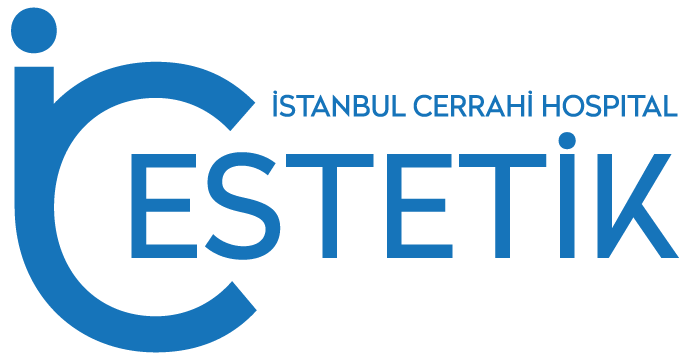Glaucoma Treatment
Glaucoma is a condition where the optic nerve is damaged, often associated with elevated intraocular pressure.
The damage caused by glaucoma is irreversible. However, treatment and regular checkups are essential to slow or prevent further vision loss, especially when the disease is detected early.
What is the treatment?
Your healthcare provider might conduct various examinations, such as:
- Intraocular Pressure Measurement (Tonometry): This test determines the pressure inside the eye.
- Optic Nerve Evaluation: Through a dilated eye exam and imaging, your provider can assess any damage to the optic nerve.
- Visual Field Testing: This test identifies areas of vision loss.
- Corneal Thickness Measurement (Pachymetry): This exam measures the thickness of the cornea.
- Drainage Angle Inspection (Gonioscopy): It involves examining the drainage angle of the eye.
The primary treatment goal for glaucoma is to reduce intraocular pressure. Treatment options encompass prescription eye drops, oral medications, laser therapy, surgical interventions, or a combination of these approaches. The aim is to manage eye pressure to preserve vision and impede the progression of the condition.
Eyedrops
When treating glaucoma, the initial approach often involves prescription eye drops. These drops work in different ways—some improve fluid drainage from the eye, reducing eye pressure, while others minimize the production of eye fluid. To lessen the chance of experiencing side effects unrelated to the eyes due to absorption into the bloodstream, it’s recommended to close your eyes for 1 to 2 minutes after applying the drops. Additionally, lightly pressing near the corner of your eyes by the nose can help close the tear duct temporarily. Any excess drops on the eyelid should be wiped off. To ensure efficacy, wait at least five minutes between using different types of drops.
Oral Medications
In cases where eye drops alone are insufficient in reducing eye pressure, oral medications might be prescribed, often involving carbonic anhydrase inhibitors. Potential side effects include increased urination, tingling sensations in the extremities, mood changes, stomach discomfort, and the formation of kidney stones.
Surgery and Alternative Therapies
When medications aren’t enough, alternative treatments such as laser therapy or surgery may be recommended to alleviate glaucoma:
- Laser Therapy: Laser trabeculoplasty, performed in-office, aids in improving drainage within the eye by using a laser to enhance tissue drainage.
- Filtering Surgery: Trabeculectomy involves creating an opening in the sclera (the white part of the eye) to facilitate additional fluid drainage.
- Drainage Tubes: This procedure entails inserting a small tube into the eye to assist in draining excess fluid, thus lowering eye pressure.
- Minimally Invasive Glaucoma Surgery (MIGS): MIGS procedures, often combined with cataract surgery, are less invasive with reduced risks compared to other surgical methods, effectively lowering eye pressure.
Post-Treatment and Management
Regular follow-up appointments with an eye doctor are necessary after any procedure. Additional interventions may be required if eye pressure increases or other changes occur.
Managing Acute Angle-Closure Glaucoma
In instances of acute angle-closure glaucoma, immediate medical attention is crucial. Urgent treatment may involve a combination of medication and laser or surgical interventions. A laser peripheral iridotomy, creating a small hole in the iris to facilitate fluid flow and alleviate eye pressure, might be performed.

